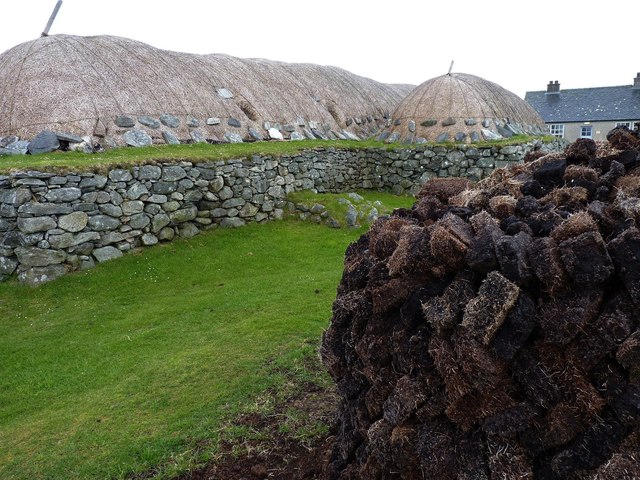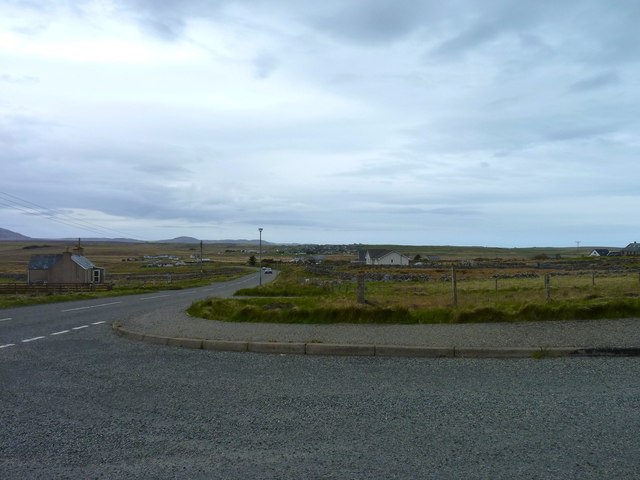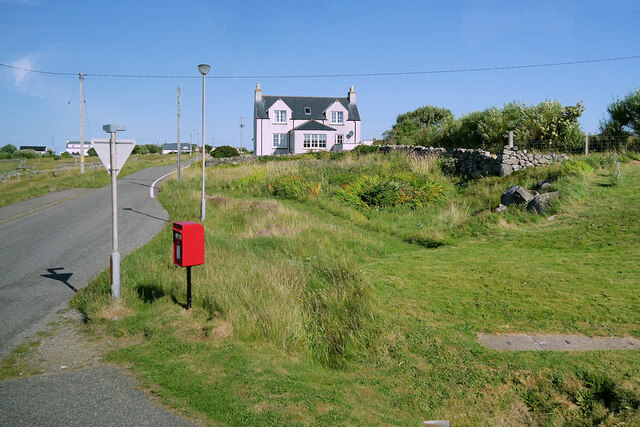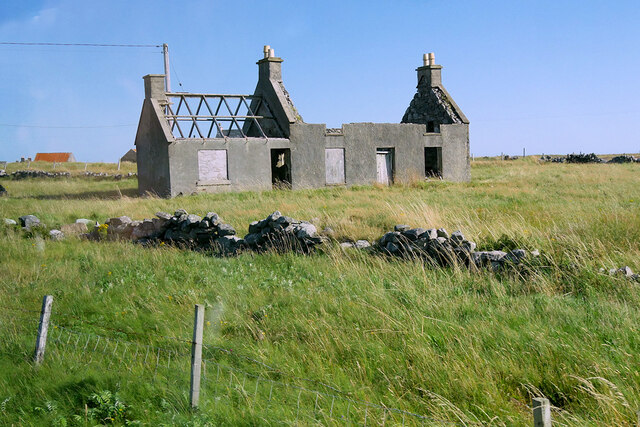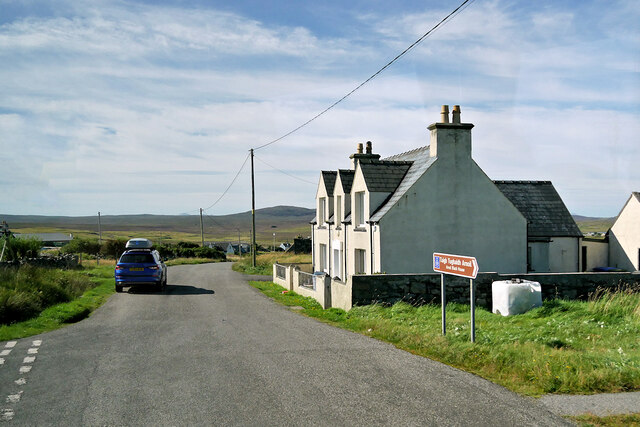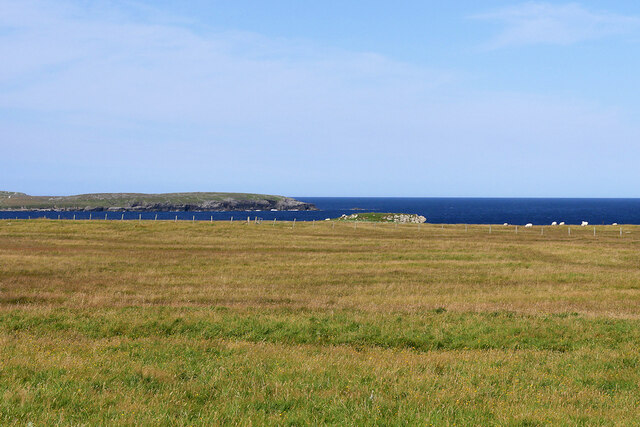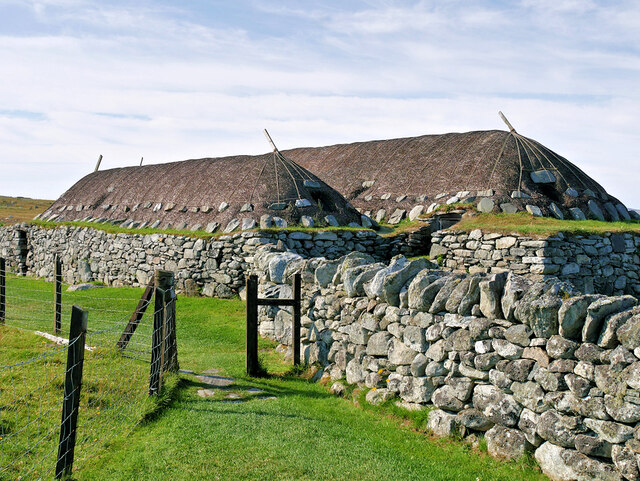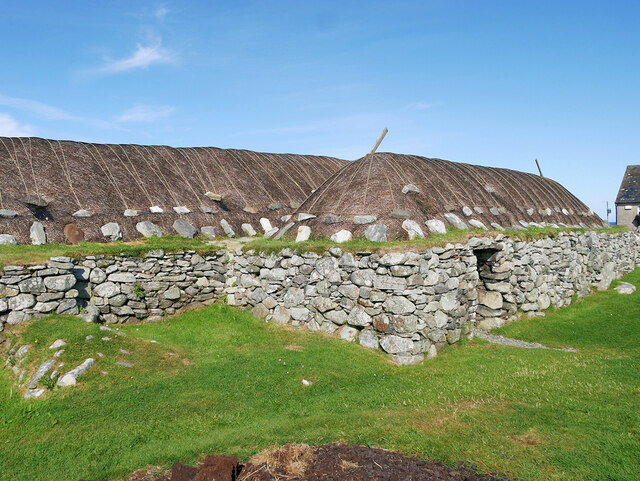Gruban
Coastal Feature, Headland, Point in Ross-shire
Scotland
Gruban
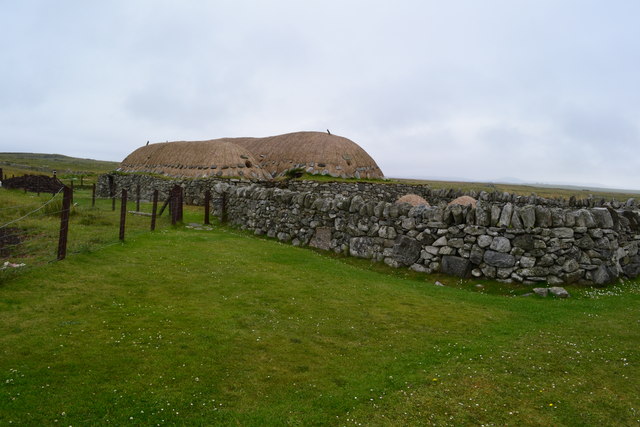
Gruban is a stunning coastal feature located in Ross-shire, Scotland. It is a headland that extends out into the North Sea, forming a prominent point along the coastline. With its rugged cliffs, picturesque scenery, and rich biodiversity, Gruban has become a popular destination for nature enthusiasts and tourists alike.
The headland is characterized by its steep cliffs, which rise majestically from the crashing waves below. These cliffs provide a nesting site for various seabird species, including puffins, guillemots, and razorbills. It is a haven for birdwatchers, who flock to the area to observe these magnificent creatures in their natural habitat.
Gruban also offers panoramic views of the surrounding coastline, with its elevated position providing an ideal vantage point for taking in the beauty of the sea and the neighboring landscape. On clear days, visitors can even catch a glimpse of the distant mountains.
In addition to its natural beauty, Gruban is steeped in history. The headland has archaeological significance, with ancient ruins and artifacts dating back centuries. It is believed that the area was once inhabited by early settlers, leaving behind traces of their presence.
Access to Gruban is relatively easy, with a well-maintained walking trail leading visitors to the headland. The path meanders through breathtaking coastal scenery, allowing individuals to fully immerse themselves in the area's natural splendor.
Overall, Gruban is a must-visit destination for those seeking a combination of scenic beauty, wildlife observation, and historical exploration. Its captivating cliffs, diverse birdlife, and rich cultural heritage make it a truly remarkable coastal feature in Ross-shire.
If you have any feedback on the listing, please let us know in the comments section below.
Gruban Images
Images are sourced within 2km of 58.351934/-6.606179 or Grid Reference NB3049. Thanks to Geograph Open Source API. All images are credited.
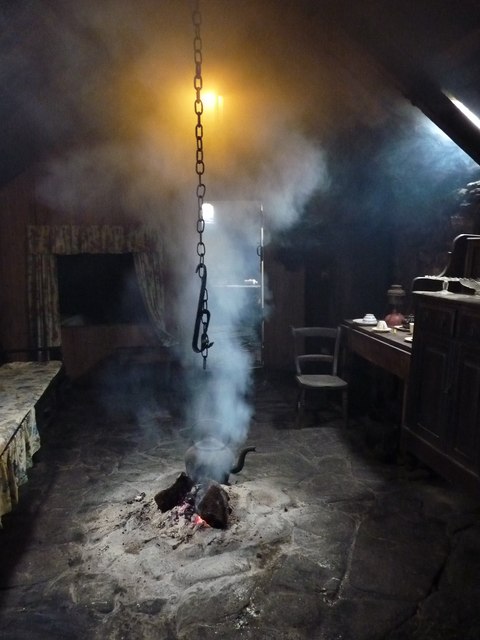
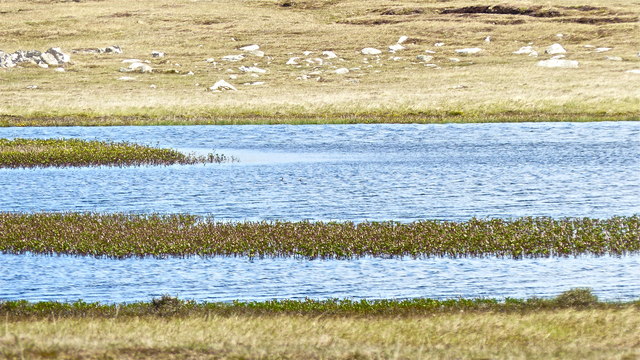
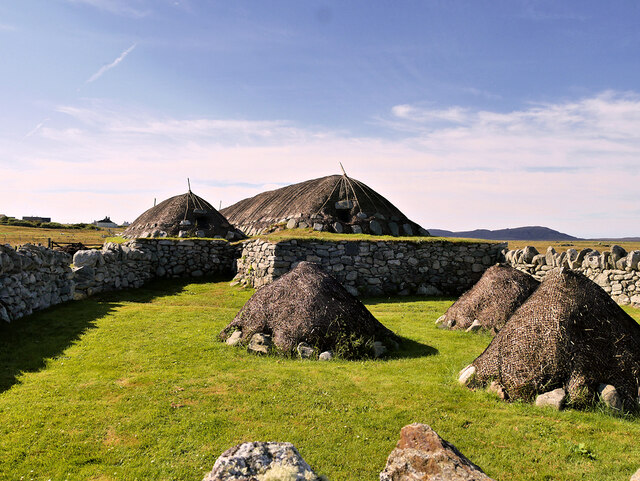
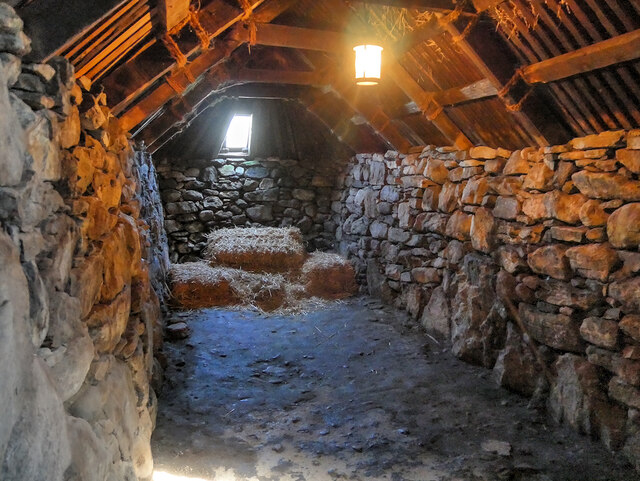
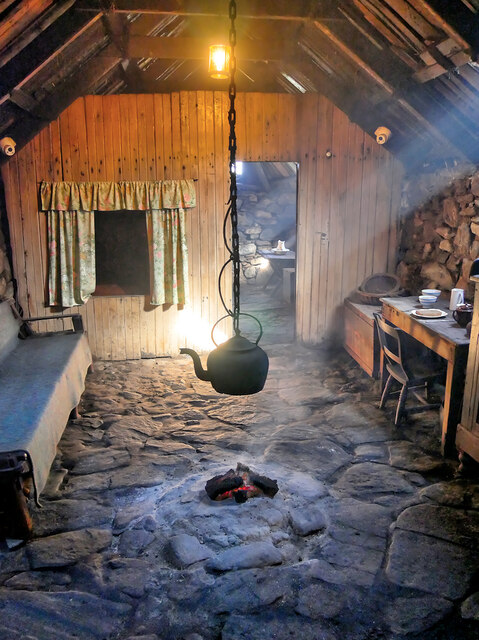
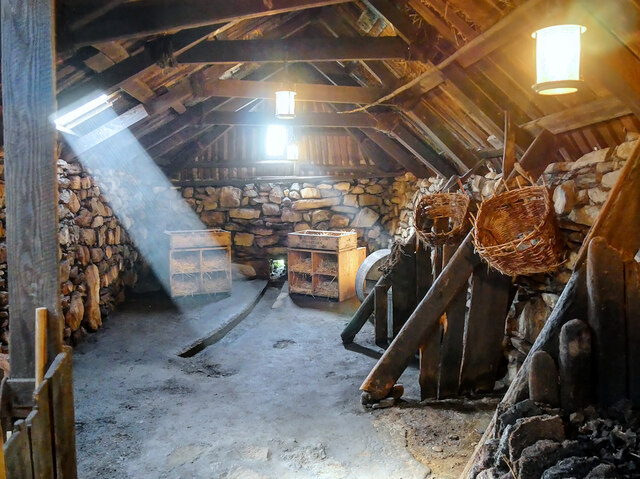
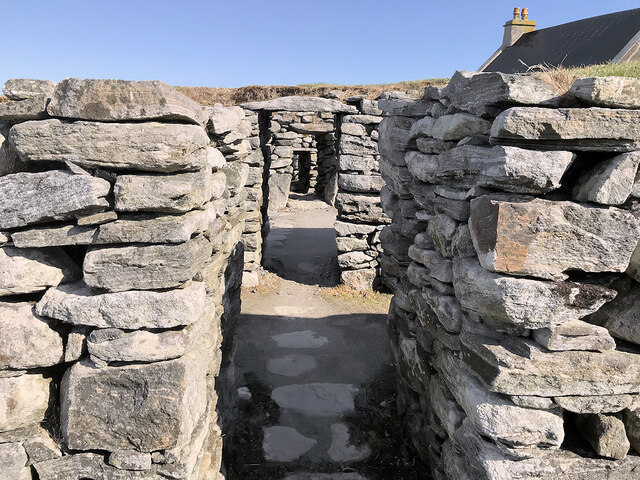
Gruban is located at Grid Ref: NB3049 (Lat: 58.351934, Lng: -6.606179)
Unitary Authority: Na h-Eileanan an Iar
Police Authority: Highlands and Islands
What 3 Words
///buzzards.elders.furnish. Near Carloway, Na h-Eileanan Siar
Related Wikis
Arnol
Arnol (Scottish Gaelic: Àrnol) is a small village typical of many settlements of the west coast of the Isle of Lewis, in the Outer Hebrides, Scotland....
Bragar
Bragar (Scottish Gaelic: Bràgar, pronounced [braːgər]) is a village on the west side of the Isle of Lewis in the Outer Hebrides, Scotland, 14 miles (23...
Mullen Bridge
Mullen Bridge is an old bridge crossing the Royal Canal in Maynooth in County Kildare, Ireland. It was built between 1790 and 1800.The bridge used to carry...
Brue
Brue (Scottish Gaelic: Brù) is a village on the Isle of Lewis in the West Side district, in the Outer Hebrides, Scotland. It is a crofting township and...
Nearby Amenities
Located within 500m of 58.351934,-6.606179Have you been to Gruban?
Leave your review of Gruban below (or comments, questions and feedback).
